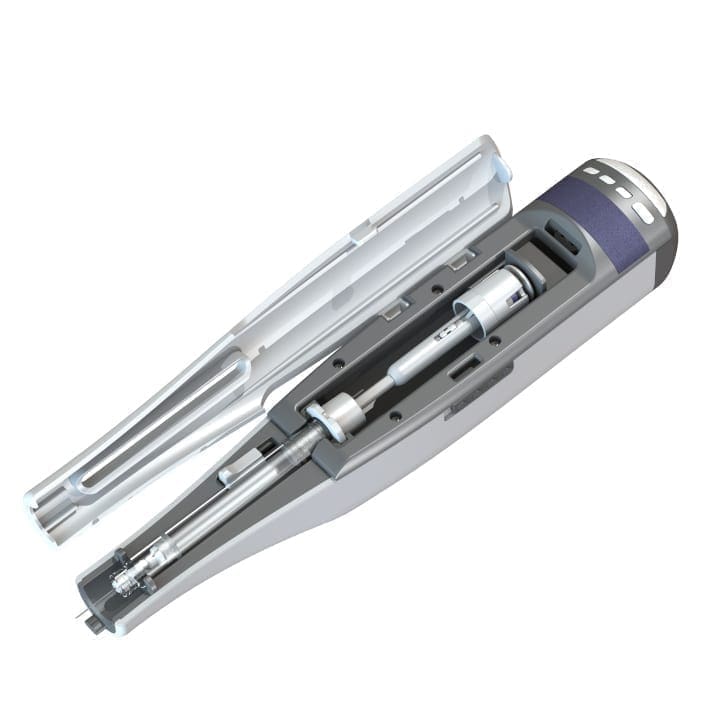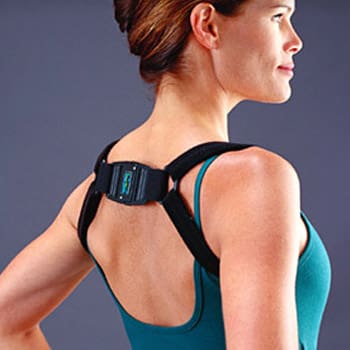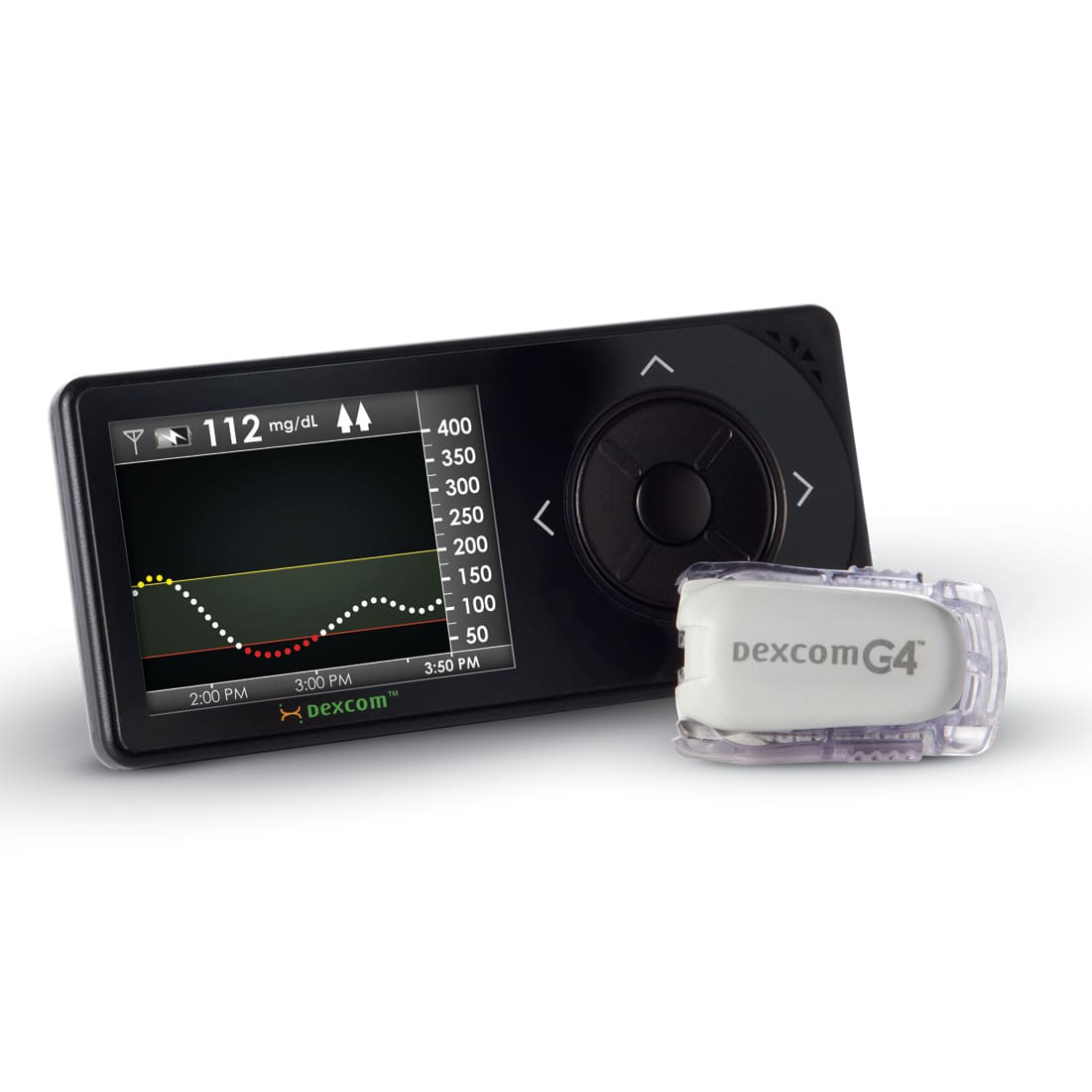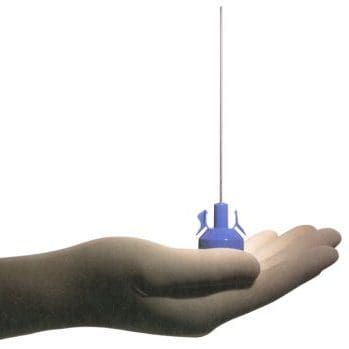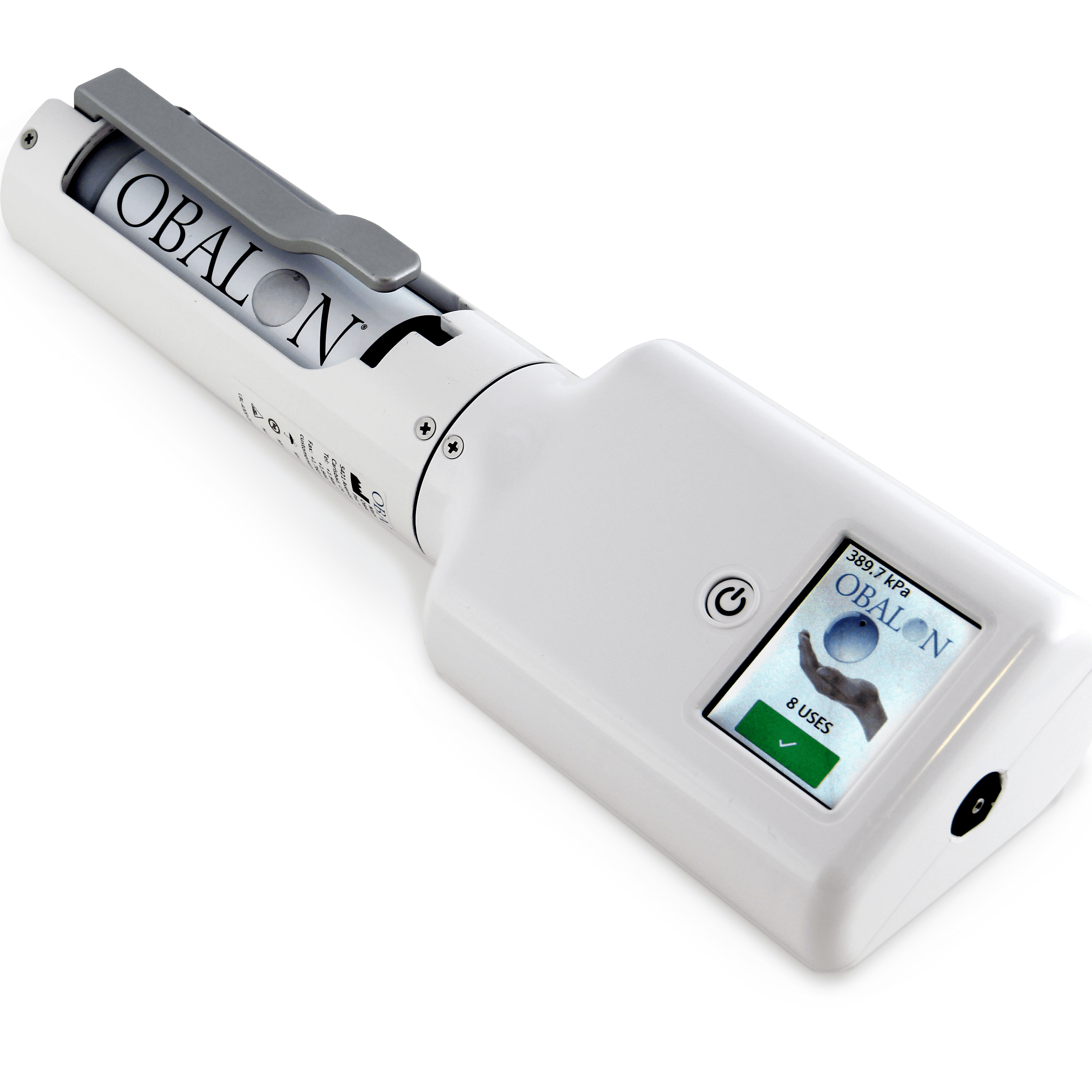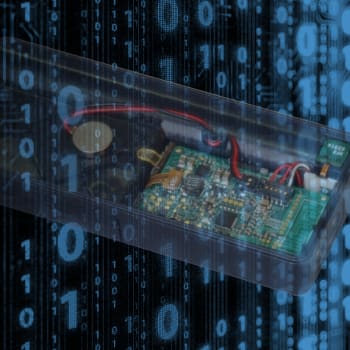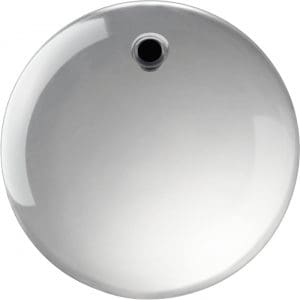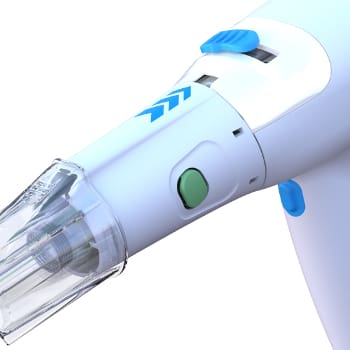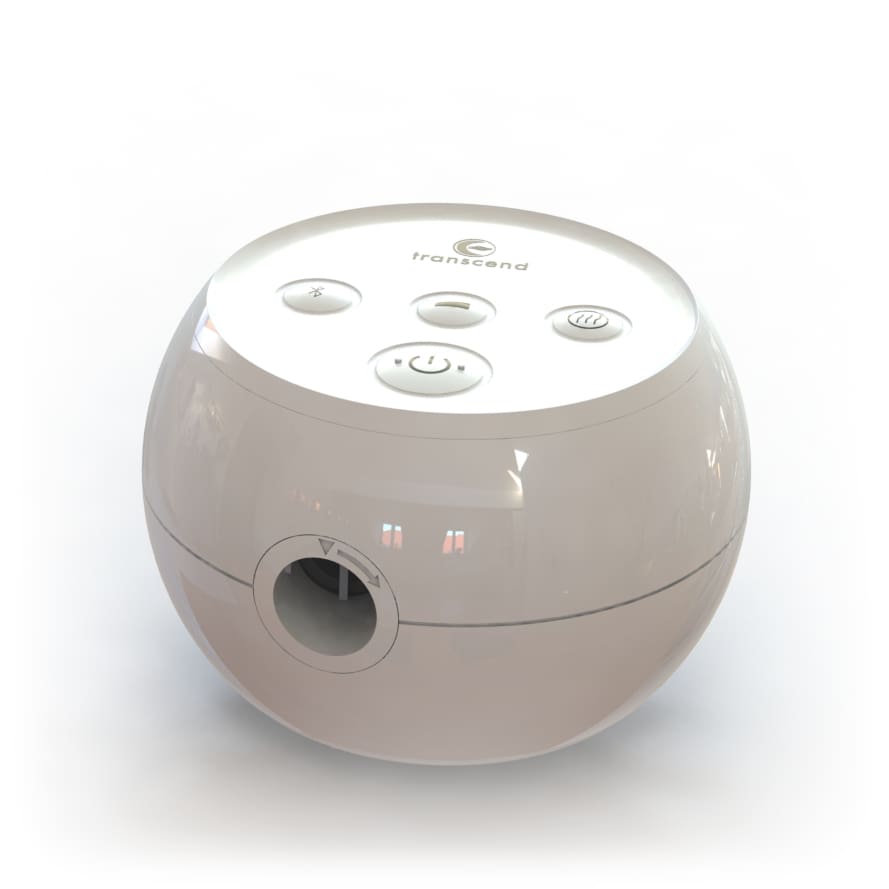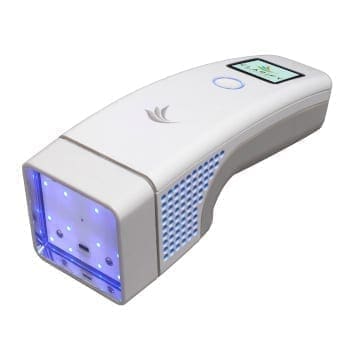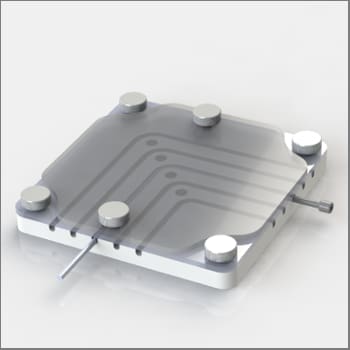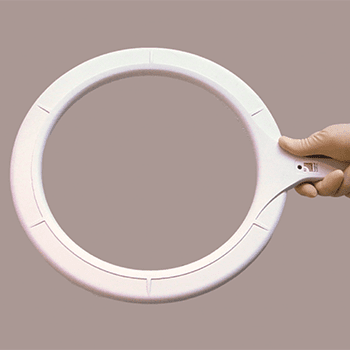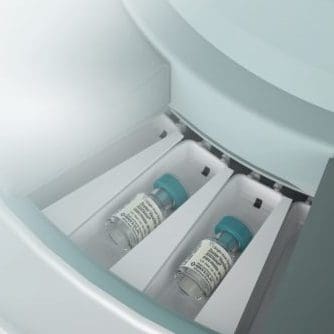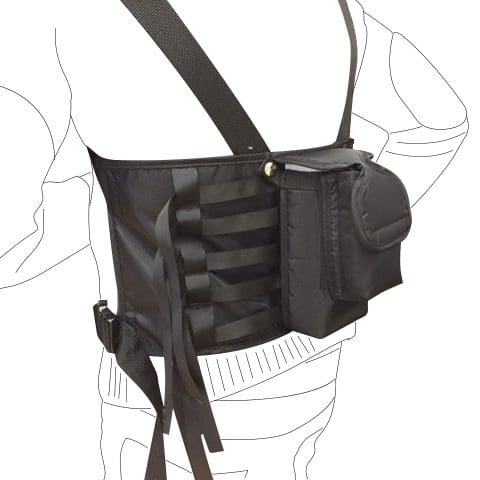DEVELOPING A CORDLESS PROPHY DEVICE FOR PROFESSIONAL USE
THE MARKET OPPORTUNITY
Historically, prophy devices available to dental health care providers have been attached to either an electrical cord or a compressed air supply hose and have been tiresome and awkward for extended use by a hygienist. NOVO’s client, a dental device company, recognized a need for a cordless prophy handpiece and angle attachment that was lightweight, ergonomic, and powerful enough to avoid stalling when pressure was applied. NOVO was engaged for the electromechanical design, controls, and manufacturability, as well as the management of the industrial design (ID) partner.
THE TECHNICAL CHALLENGES FOR THE CORDLESS PROPHY HANDPIECE
With dental offices already set up to accommodate existing technology, this device needed to provide sufficient benefits over existing devices to change hygienist habits and resolve all barriers to device adoption. To address this, NOVO and the ID partner performed end-user observation and interviews. Literature and end-user research were performed in the following areas:
- Human factors and ergonomics
- Angle attachment to device interconnect
- Low-cost design approach
- Energy storage technologies
- Induction charging technologies
- Right-angle drive methods
- Biocompatible materials selection
- High-speed motor selection
From this research, the key technical challenges emerged, which included the device size and weight, power and power consumption, ergonomics and human factors, and battery selection.
THE ENGINEERING BEHIND GREAT PRODUCTS
NOVO engineers worked closely with Stuart Karten Design to generate concepts for the handpiece, angle attachment, and charging station. The team explored direct drive and gear motors, right-angle drive trains, consumable cup attachment, angle attachment, barrier sleeves, charger, and foot control unit. These product architectures and associated use models took into account thermal management, handpiece disinfection, ergonomics, aesthetics, production processes, and usability. Battery technologies that could deliver on safety, energy storage, peak power, and recharging performance were investigated and both a rechargeable and a replaceable alternative were identified.


